A-Z of Ska
26 moonstompin' steps to rocksteady heaven
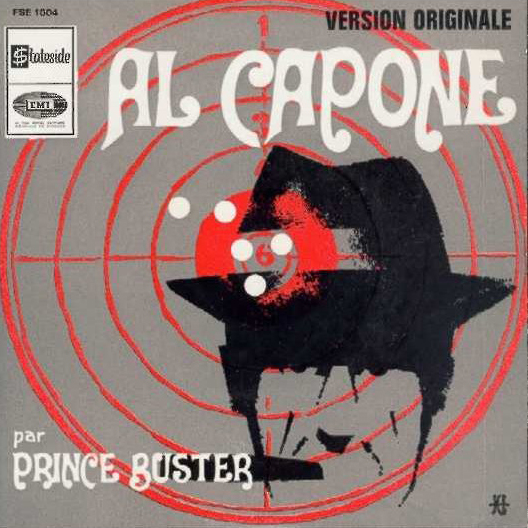
Al Capone
And what better way to kick moonstomp off our A-Z of Ska than with a total classic. Al Capone was a 1967 hit for ska royalty Cecil Bustamente Campbell, better known as Prince Buster.
Opening with the sound of screeching tires and a car wreck, the song is a ska blueprint for the 2 Tone bands like The Specials, Madness and The Selecter who would later idolise Buster.
Madness were named after one of Prince Buster’s songs (Madness, natch). The band’s debut 1979 single The Prince was a tribute to the great man.
A is also for… Aggrolites: Based in Los Angeles, The Aggrolites get closer to the spirit of '60s Jamaican ska and reggae than any other band. Need proof? Listen to Reggae Hit LA. The band has released four albums... all boss.
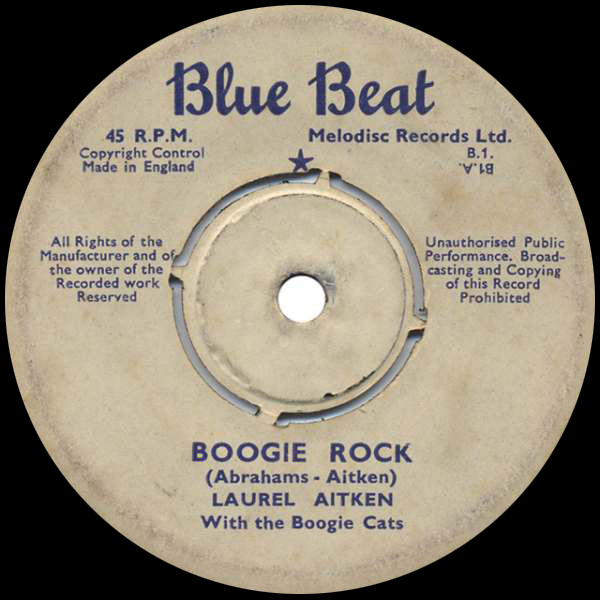
Blue Beat
Launched in 1960, Blue Beat was a British record label that specialised in ska music. The label released recordings by the likes of Derrick Morgan, The Maytals and Prince Buster to a legion of fanatical Mod punters.
YouTube features a treasure trove of Blue Beat releases including Prince Buster classics Sting Like A Bee and the blistering Lion Of Judah and Domino by The Maytals.
The label eventually folded in 1967 - although it has been resurrected on occasion over the years - but not before it released a staggering 400-odd singles.
B is also for… The Beat: Formed in Birmingham in 1978, The Beat launched their career on The Special’s 2 Tone label along with Madness, The Selecter and The Bodysnatchers. They released a bunch of great records but Mirror In The Bathroom is The Beat’s skanking masterpiece.
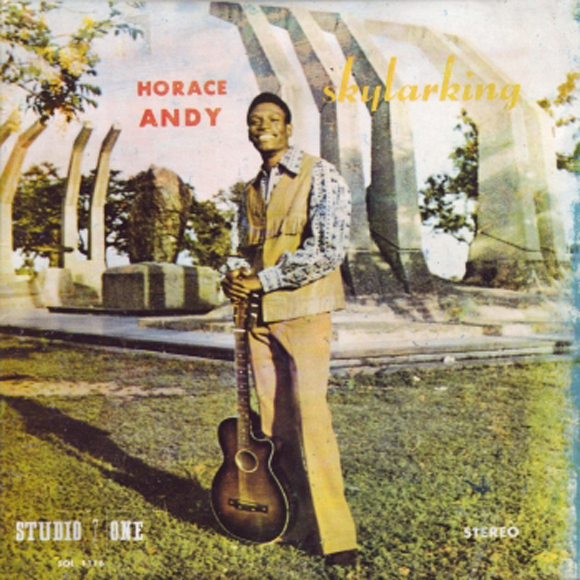
Clement Seymour Dodd
Best known as ‘Sir Coxsone,’ Clement Dodd was an important figure in the development of ska music. He was the first black man to own a recording studio in Jamaica, the now legendary Studio One.
Described as the ‘Motown of Jamaica,’ Studio One was opened on Brentford Road, Kingston in 1963. It was at the studio that Sir Coxsone discovered a young Bob Marley and recorded future ska and reggae icons like organist Jackie Mittoo, John Holt, Ken Boothe, The Skatalites and Toots and the Maytals.
You can find out more about Coxsone and his iconic studio here.
C is also for… Count Ossie: The late, great Count Ossie (or Oswald Williams to his Mum) was a Rastafarian hand drummer who played on The Folkes Brother’s 1960 single Oh Carolina. Some consider the track the first ska recording.
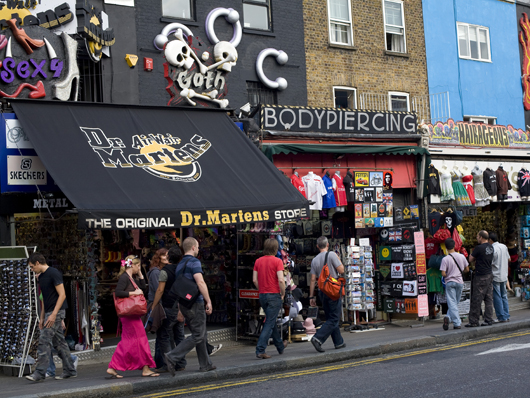
Dr Martens
Dr Martens in black or oxblood are your Rolls Royce of skinhead boots.
From the 8 hole boot to the 20 hole model they could be worn with a suit or jeans and always looked the business. Real skins kept their DMs highly polished.
You can watch this documentary with talking heads yakking on about how great ‘docs’ are but we reckon this clip from Shane Meadow’s This Is England explains the skinhead love of DMs.
D is also for… Dance Craze: Released in 1981, Dance Craze was a documentary film following Madness, The Specials, The Selecter, The Beat, Bad Manners and The Bodysnatchers on tour. The film has yet to be released (officially at least, cough!) on DVD but clips like Madness running through Razor Blade Alley can be peeked at on YouTube.
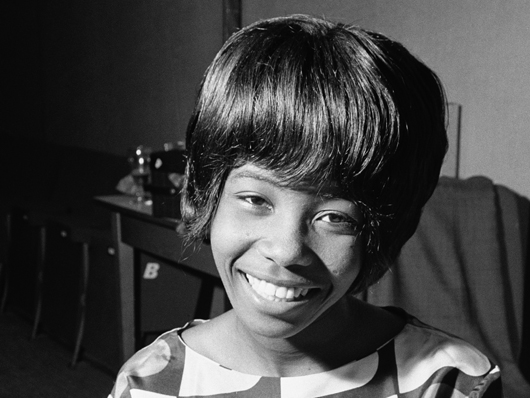
Ernest Ranglin
Ernest Ranglin, a session guitarist at Sir Coxsone’s Studio One, is generally regarded as the originator of ska guitar.
An accomplished jazzer, Ernest was influenced by Charlie Christian. He performed with ska and reggae stars like Jimmy Cliff and Prince Buster. He also arranged and played on Millie Small’s 1964 version of My Boy Lollipop, the first international ska smash hit.
Here’s a cool YouTube clip of Ernest demonstrating how the ska guitar style developed from American R&B. It also features an interview with Prince Buster.
E is also for… El Reco: El Reco, AKA Rico Rodriguez, is a Jamaican born trombonist who played on The Special’s top ten cover of the Dandy Livinstone song A Message To You, Rudy. Rico is currently a member of Jools Holland’s Rhythm and Blues Orchestra.
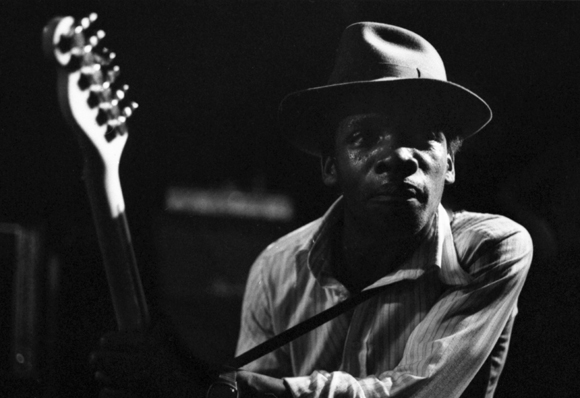
Fender
You can of course play ska on any guitar but Fender axes hung from the straps of the majority of ska guitarists.
Fenders abounded during the 2 Tone era: Chris ‘Chrissy Boy’ Foreman of Madness played a butterscotch Telecaster, as did Lynval Golding of The Specials; super cool Neol Davies of The Selecter played Strats.
Notable exceptions to the Fender rule include Ernest Ranglin who played a series of Gibson semis, Roddy of The Specials and his black Gibson Les Paul Custom and Dave Wakeling of The Beat who favoured a Vox Teardrop, seen here.
F is also for… Fred Perry: The classic Fred Perry polo shirt is as much a part of the skinhead subculture as Loake Royal brogues and Crombie coats. The label has recently collaborated with The Specials on a range of shirts. Find out more about the brand at www.fredperry.com.
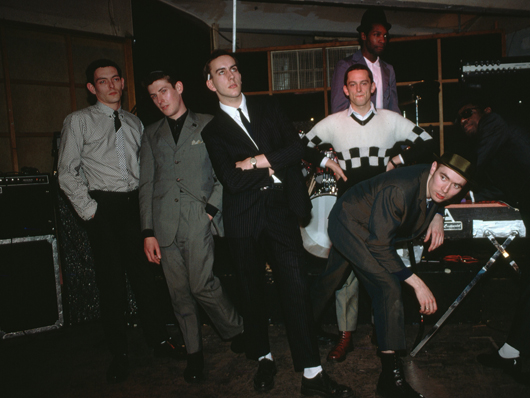
Gangsters
Released in 1979, Gangsters was the debut single of The Specials, then known as The Special AKA.
The song opens with a ‘sample’ of the screeching tyres/car wreck intro of Prince Buster’s Al Capone. In place of Buster’s original shoutout of "Al Capone’s guns don’t argue," Neville Staples bellows "Bernie Rhodes knows, don’t argue!", a reference to their former manager who also managed The Clash.
Featuring a blinding solo from Roddy ‘Radiation’ Byers, Gangsters reached number 6 in the UK charts.
G is also for… Guns Of Navarone: Another essential ska track, Guns of Navarone by The Skatalites was a skanking version of the soundtrack of the 1961 movie of the same name. The Specials often played the song live.
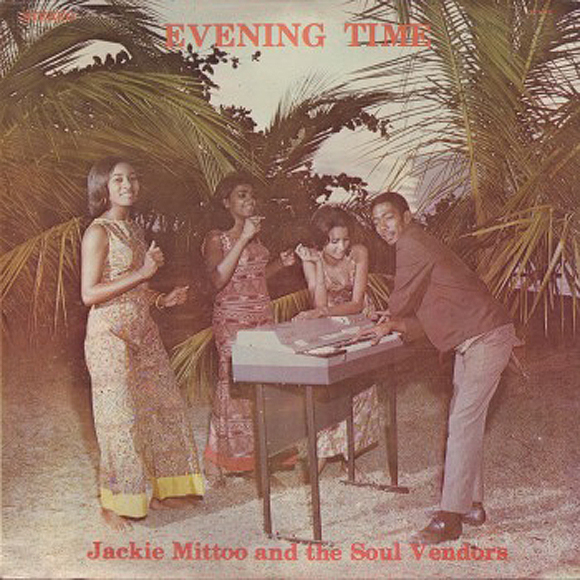
Hammonds and horns
Jamaican ska was all about the organs and the brass. Sure the guitars and drums were crucial too but the Hammonds - and the occasional Wurlitzer church organ - and horns were the meat on the bones.
Black Out by Jackie Mittoo, recorded at Studio One, is a prime example of the classic organ and horns sound of ska. Check out Jackie’s Killer Diller in this cool clip too. No one is immune to that!
H is also for… Hooligans: A brilliant ska track on Rancid’s 1998 album Life Won’t Wait, Hooligans features a guest appearance by Roddy Radiation of The Specials. His playing on the song’s intro is unmistakable. Here’s a live version, sans Roddy unfortunately.
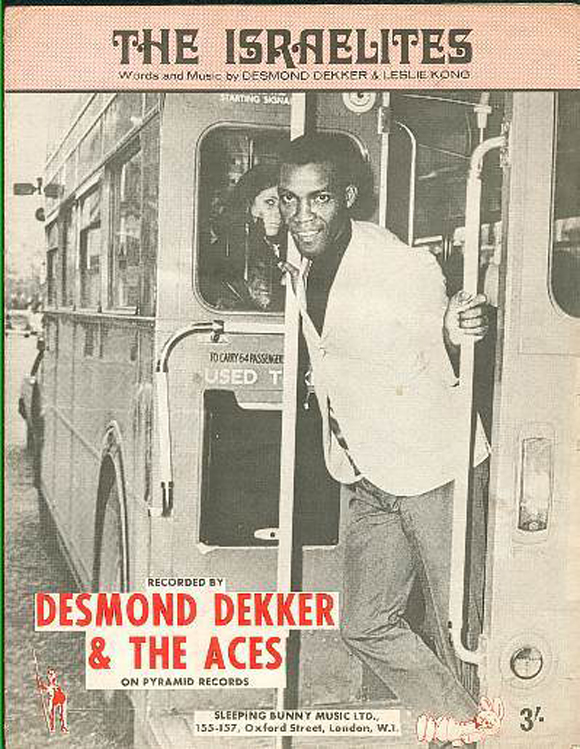
Israelites
The Israelites by Desmond Dekker and The Aces is a masterpiece of ska/early reggae.
Most folk can’t actually understand what Desmond is going on about in the song but that didn’t stop it hitting the top spot on the UK charts in 1969. Okay, it sounds like he’s singing 'my ears are alight,' but the actual words are 'Get up in the morning/Slaving for bread sir/So that every mouth can be fed/Oh, oh… the Israelites.'
Dekker also recorded the ska classic 007 (Shanty Town).
I is also for… I’m In The Mood For Ska: The 1965 ska classic was recorded by Lord Tanamo and The Skatalites. Born Joseph Abraham Gordon, Lord Tanamo was a key figure in the birth of the ska sound in the late 50s.
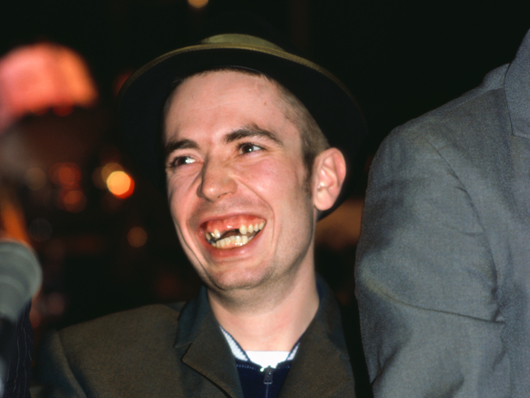
Jerry Dammers
Jerry Dammers was the organist, leader and principle songwriter of The Specials.
Dammers also masterminded the launch of the 2 Tone record label and later, the Nelson Mandela 70th Birthday Tribute concert that took place at Wembley Stadium on 11 June 1988.
While The Specials reformed in 2009, Jerry refused to complete the original lineup. Dammers currently leads an 18-piece orchestra, The Spatial AKA.
J is also for… Jamaica: Jamaican rude boys influenced the look of British skins. Pork pie hats, suits, slim ties, loafers, trouser legs pegged to show off shoes and socks… all that came from Jamaica.
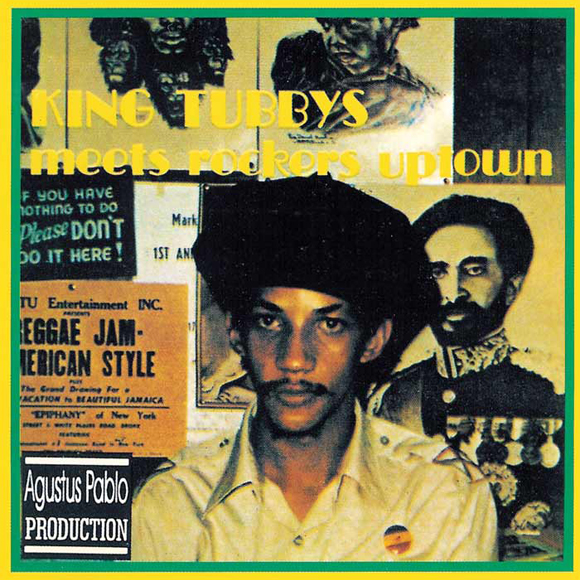
King Tubby
Born Osbourne Ruddick, King Tubby was a producer, engineer credited with the concept of remixing tracks and the development of dub music.
King Tubby owned an electrical repair shop in Kingston, Jamaica. He would often repair equipment and build amplifiers for local DJs that played ska and rocksteady with their travelling sound systems. Tubby would end up producing his own records that incorporated echo and heavy bass.
You can hear how effective his studio techniques were on Take 5 Dub.
K is also for… Kingston: The capital of Jamaica and the home of ska, rocksteady and reggae. Kingston has a tropical climate with a total average rainfall of almost 36 inches. But hey, that’s enough of that… we don’t want to come over all Judith Chalmers. Perish the thought.
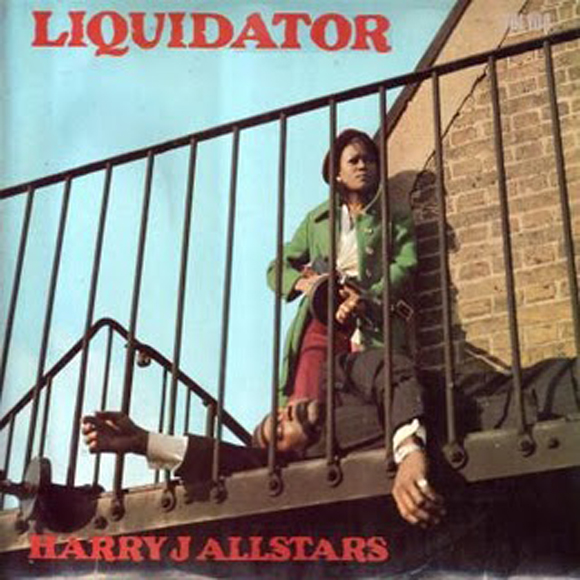
Liquidator
Ah, Liquidator… Every real skinhead has this ska/early reggae classic by Harry J Allstars in their collection.
Released in 1969 on Trojan Records the timeless instrumental features organist Winston Wright and Upsetters, later Wailers, Aston ‘Family Man’ Barrett on bass and Carlton Barrett on drums.
American soul band The Staples Singers used the song’s intro for their 1972 hit I’ll Take You There.
L is also for… Lee ‘Scratch’ Perry: Like King Tubby, Lee (born Rainford Hugh Perry) was instrumental in the creation of dub music. He started his career recording ska artists at Sir Coxsone’s Studio One before branching out on his own. He would eventually record with The Upsetters and build his own studio, The Black Ark. He also deserves an A-Z of his own.
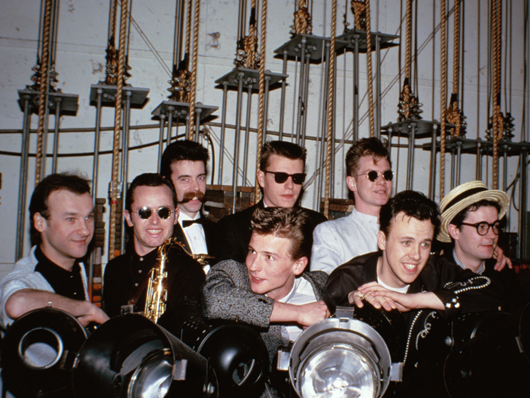
Madness
The Nutty Boys! Seven lads from Camden Town in London with a mutual love of Jamaican ska and Ian Dury’s Kilburn and the High Roads.
After recording their debut single The Prince (1979) on 2 Tone, Madness signed with Stiff Records and released their debut album One Step Beyond.
They’re still going strong of course. In fact the Los Palmas Seven released their latest album, The Liberty of Norton Folgate, in 2009. It’s a bloomin’ masterpiece… no joke.
M is also for… Monkey Man: Toots & The Maytals originally recorded Monkey Man in 1969. The song has since been covered by The Specials, Reel Big Fish, No Doubt (with Toots and the boys) and Amy Winehouse among others. We reckon the original is still the best…
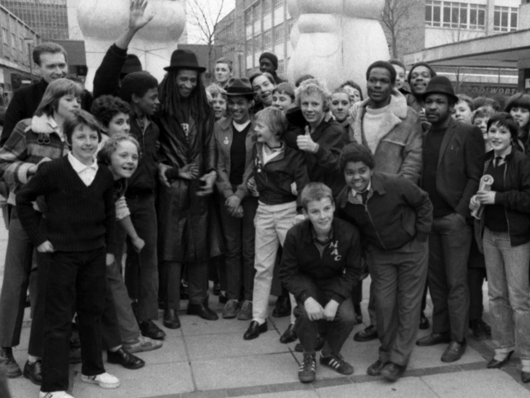
Neol Davies
Neol Davies was the founder and guitarist for the 2 Tone ska band The Selecter.
Neol’s first recording - a killer instrumental called The Selecter - was released as the b-side of the debut Specials single Gangsters in 1979. Davies would eventually form a full Selecter line-up that included singer Pauline Black and guitarist Compton Amanor.
Hits included the lively On My Radio, Three Minute Hero and Missing Words. The Selecter’s debut album Too Much Pressure (1980) is essential.
N is also for… Nite Klub: A cracking tune on the Specials debut album, Nite Klub is proof, if proof be needed, that the Specials were great musicians. Horace Panter’s bass work in particular is mind blowing. Check this clip out and you'll see what we mean.
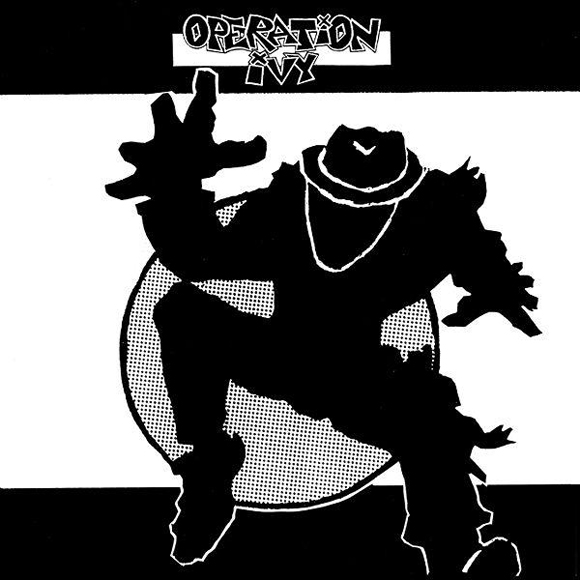
Operation Ivy
Operation Ivy were a Californian ska-punk band that featured Rancid’s Tim Armstrong on guitar and vocals and Matt Freeman on bass.
The line-up was completed by lead vocalist Jesse Michaels, and drummer Dave Mello. Operation Ivy pioneered ska-core, a mix of ska-punk and hardcore. The band only lasted two years (1987-1989) but they produced some great records in their short life - Sound System, Unity and Bankshot to name but three.
O is also for… Ob-La-Di, Ob-La-Da: As you can see here, this is Macca having a stab at Desmond Dekker style ska/reggae… he even used Desmond’s name in the lyrics. Ob-La-Di, Ob-La-Da is your classic 'love it or hate it' Fabs song. John Lennon hated it. Dekker later recorded his own version.
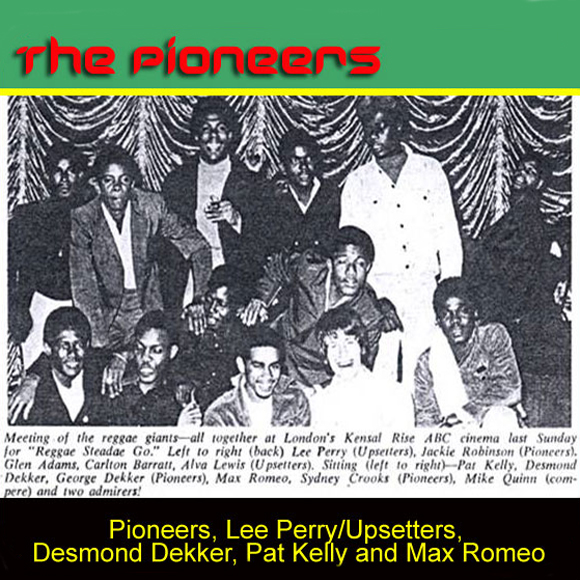
The Pioneers
The Pioneers were a Jamaican vocal trio beloved by British skinheads.
The band’s greatest moment on record was Long Shot Kick De Bucket, an essential record in any skinhead’s collection. The Specials covered the song live and released a killer version on their The Special AKA Live! EP in 1980.
By the way, Long Shot was a race horse. Apparently, the poor old nag died running its 203rd race… hence the ‘kick the bucket’ reference. The Pioneers, by way of contrast, are still going strong.
P is also for… Policeman: Not to be confused with the Scottish mob, in this case The Silencers were San Francisco’s finest Rancid in disguise. Policeman is a particularly potent slab of Two-Tone era inspired ska.
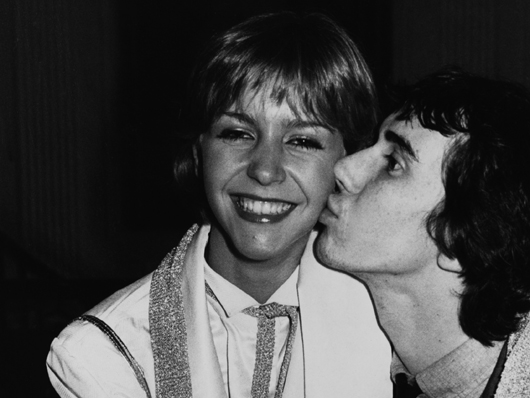
Quadrophenia
Mods were the first British youth subculture to get excited about ska music. Bombing around on Lambretta and Vespa scooters, on ‘bombers,’ dressed to the teeth, they would dance all night to ska and soul.
The movement would later fragment with a new sub-group of ‘hard mods’ eventually becoming better known as skinheads. Despite tabloid pigeon-holing, real skinheads were not racist. They loved black music and copied the style of Jamaican rude boys.
Super cool character Ferdy, played by Trevor Laird in the 1979 movie Quadrophenia, is a classic example of a young black British rude boy.
Q is also for… Quintessential: There are certain ska tracks you need, no have, to own! We would start with a sampler like Trojan’s Young, Gifted and Black collection - 50 classics for under a tenner from The Folkes Brother’s Oh Carolina to Junior Murvin’s reggae classic Police and Thieves. Genius.
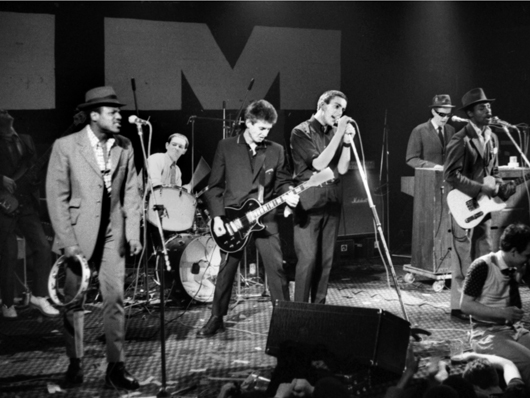
Rimshot
Yeah, sounds a bit naughty but a rimshot, in drumming terms at least, is a very important technique in ska and reggae music.
The sound is achieved by hitting the rim of the drum and the skin at the same time… with the same stick, natch.
John Bradbury of The Specials is a particularly fine practioner of the rimshot. The technique is all over Doesn’t Make It Alright from The Specials' debut album Specials (1979). Great guitar solo on there too by the way.
R is also for… Reggae: Although we’ve been talking about ska, later '60s sounds are defined as early reggae, skinhead reggae or just plain reggae. When ska artists slowed the tempo of ska they called the ‘new’ style rocksteady. Reggae is generally faster than rocksteady but slower than ska. Right, that’s sorted that one out.
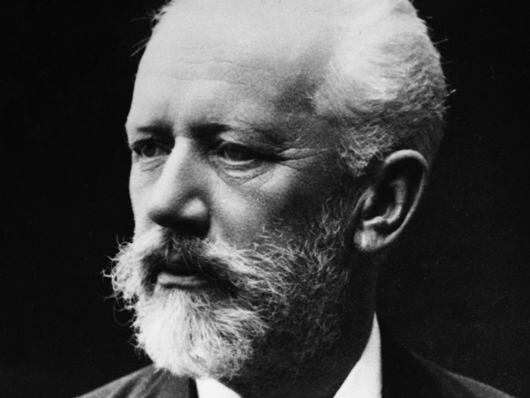
Swan Lake
We’re guessing that Pyotr Ilyich Tchaikovsky never had a skank in his puff. Well, he did pop his clogs in 1893.
However that didn’t stop Madness from turning his Swan Lake ditty into a ska classic. The band recorded the song for their 1979 debut album One Step Beyond. Swan Lake wasn’t the only cover on the album. The group also cut Prince Buster’s Madness and One Step Beyond.
Interesting fact: the now classic "Don’t watch that, watch this" line from One Step beyond was actually taken from another Prince Buster tune called The Scorcher. You're welcome.
S is also for… Skanking: As well as being a fairly decent double entendre, skanking is the dance you do to ska music. It’s a bit like running on the spot. Watch Chas Smash of Madness doing his own version here. Brilliant.
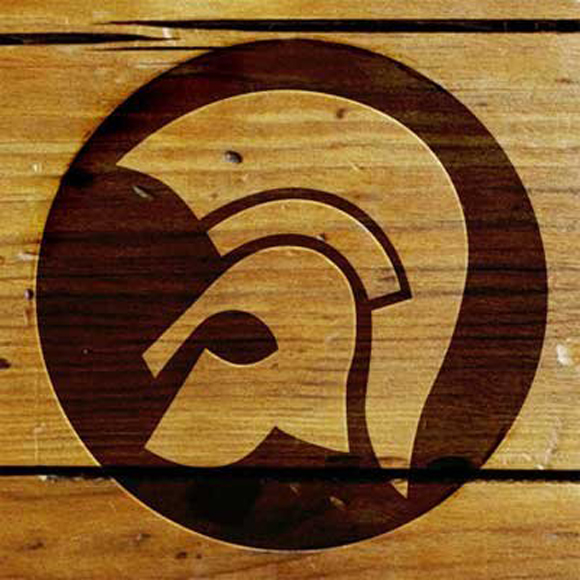
Trojan Records
Founded in 1968 British ska and reggae label Trojan was named after the truck that Jamaican DJ Duke Reid carried his sound system around in.
The first single the label released was Duke Reid’s All Stars Judge Sympathy, a forerunner of Stupid Marriage by The Specials.
Trojan is still going strong. The label’s ska boxsets are a great way to build a boss ska collection. You can find out more about the label on the Trojan Records website.
T is also for… Transplants: Tim Armstrong’s collaboration with Blink-182 drummer Travis Barker and mate and roadie Skinhead Rob Aston melded ska, reggae, dub, hip hop and punk. Shame they split up. Here’s a taste that shows you don’t have to go retro or wacky to make ska work.
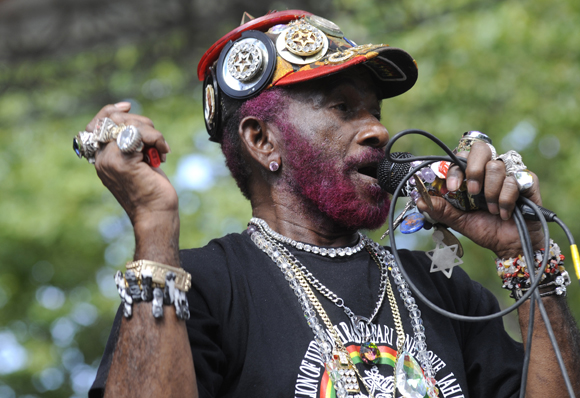
The Upsetters
The Upsetters were producer Lee ‘Scratch’ Perry’s studio band.
There were actually two Upsetter line-ups. The original band, lead by pianist Gladstone ‘Gladdy’ Anderson, recorded the essential ska ditty Return Of Django. When Gladdy and his boys couldn’t travel to the UK for a tour, Perry assembled another Upsetters group.
The new band included brothers Aston ‘Family Man’ Barrett on bass and drummer Carlton Barrett. These guys would eventually form the backbone of Bob Marley’s backing band, The Wailers.
U is also for… The Untouchables: Formed in Los Angeles in 1981, The Untouchables broke through in the UK with the Two-Tone style stomper Free Yourself. The band has had more ‘former members’ than Spinal Tap and are still on the go apparently.
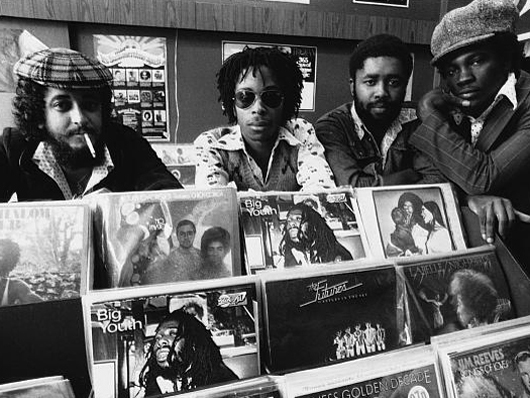
Vinyl
You can’t beat tracking down an old seven-inch ska record in a proper record shop. Seeing those original labels like Treasure Isle, Blue Beat or Studio 1 will set your heart racing, especially if the vinyl is still in good nick.
Not convinced? Watch this superb clip of a record player dragging its needle over Prince Buster’s King, Duke, Sir and Shaking Up Orange Street. That should do the trick.
V is also for… Val Bennett: Val, who died in 1991, was a Jamaican born tenor saxophonist who played on Prince Buster’s classic Al Capone. The man was responsible for some truly boss sounds. Check out Val’s righteous horn blasting through Reggae City.
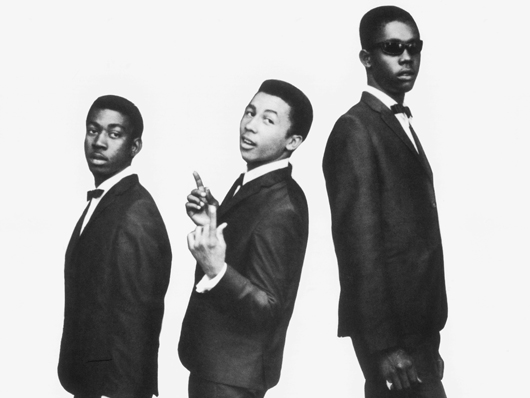
Wailers
The Wailers were a Jamaican vocal group formed in 1963 with a line-up that included future reggae legends Bob Marley, Peter Tosh and Bunny ‘Wailer’ Livingston.
The group scored its first big hit with the ska classic Simmer Down. The single, which hit number one on the Jamaican charts in February 1964, was written by Bob Marley and produced by ‘Sir Coxsone’ Dodd at Studio One.
With instrumental backing provided by The Skatalites, listen to the record here.
W is also for… Wet Dream: Recorded by Max Romeo, Wet Dream is a stone cold classic that’s as fruity as its name suggests. It ain’t about falling asleep in the bath, that’s for sure.
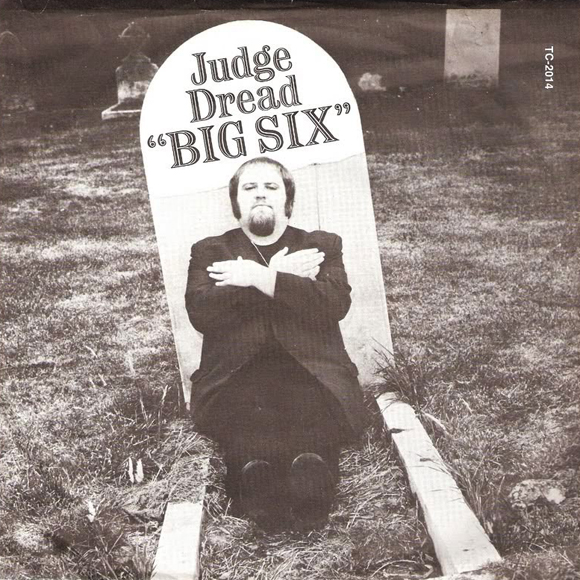
X-rated
The undisputed heavyweight champion of skank-driven filth was Judge Dread. Born Alexander Minto Hughes, the late Judge holds the record for having 11 records banned in the UK.
His Big Six and Big Seven were adult nursery rhymes based on the tales of Little Boy Blue (yep, the one with the ‘horn’) and Mary, she of little lamb fame. Some skins love Dread, others find his records a bit creepy. In retrospect, the Judge’s ‘Big’ records were probably a bit tame to deserve a ban, by today's standards at least, although his later release Up With The Cock was just asking for trouble.
For other ska artists with a one-track mind check out the Trojan X-Rated box set. Oo-er!
X is also for… Xmas: Even Jamaican ska has its seasonal classics. While the Wailers (featuring Bob Marley, natch) recorded the brilliant Sound The Trumpet in 1964 (backed by The Skatalites) for our money the ultimate ska Xmas cracker has to be The Granville Williams Orchestra blasting through Santa Claus Is Ska-ing To Town. Eggnog anyone?
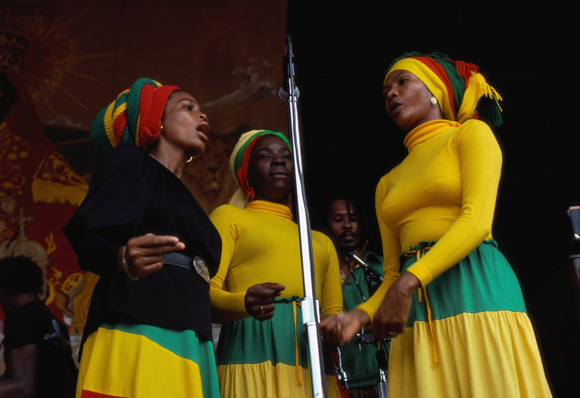
Young, Gifted & Black
Bob & Marcia’s Young, Gifted & Black is a cheerful slice of pop/ska/reggae with a positive message.
There are two versions of the song available, the original mix and a version with strings added for the UK market.
Which is best? There’s only one way to find out… fight! Okay, that won’t work. Just have a listen and see what you think. It’s a great record either way.
Y is also for… You Make Me Feel The Way I Do: A cracking little ditty from Toots and The Maytals mid-'60s period. Proper ska with a stonking beat and a smile on its face. Have a listen here.
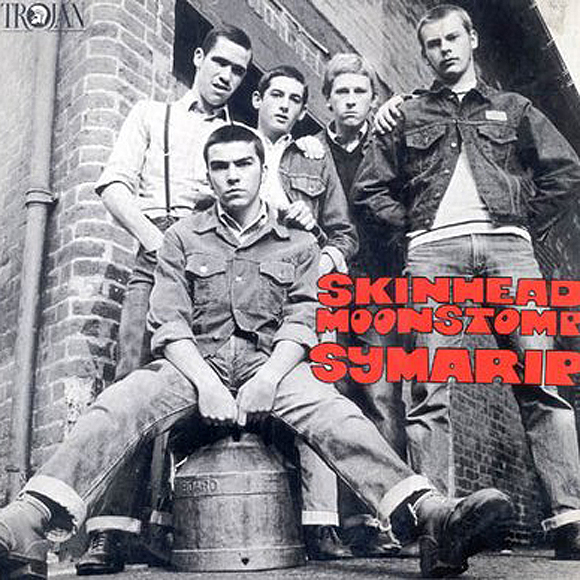
Zubaba
Zubaba was just one of the names used by British ska/reggae band Symarip before they settled on their famous moniker. The group had been known as The Bees, The Pyramids and Seven Letters.
They were one of the first bands to actively target a skinhead audience with tunes like Skinhead Moonstomp and Skinhead Girl.
The Specials covered Skinhead Moonstomp on their 1980 The Special AKA Live! EP.
Z is also for… ZZ Top! Okay, this is a bit tenuous but finding another ska related ‘Z’ was a tough call. So, here goes… Billy Gibbons of the ‘Top is a big fan of 2 Tone band The Selecter. Fact.
Liked this? Now read: A-Z of Dubstep and A-Z of Heavy Metal
Connect with MusicRadar: via Twitter, Facebook and YouTube
Get MusicRadar straight to your inbox: Sign up for the free weekly newsletter









